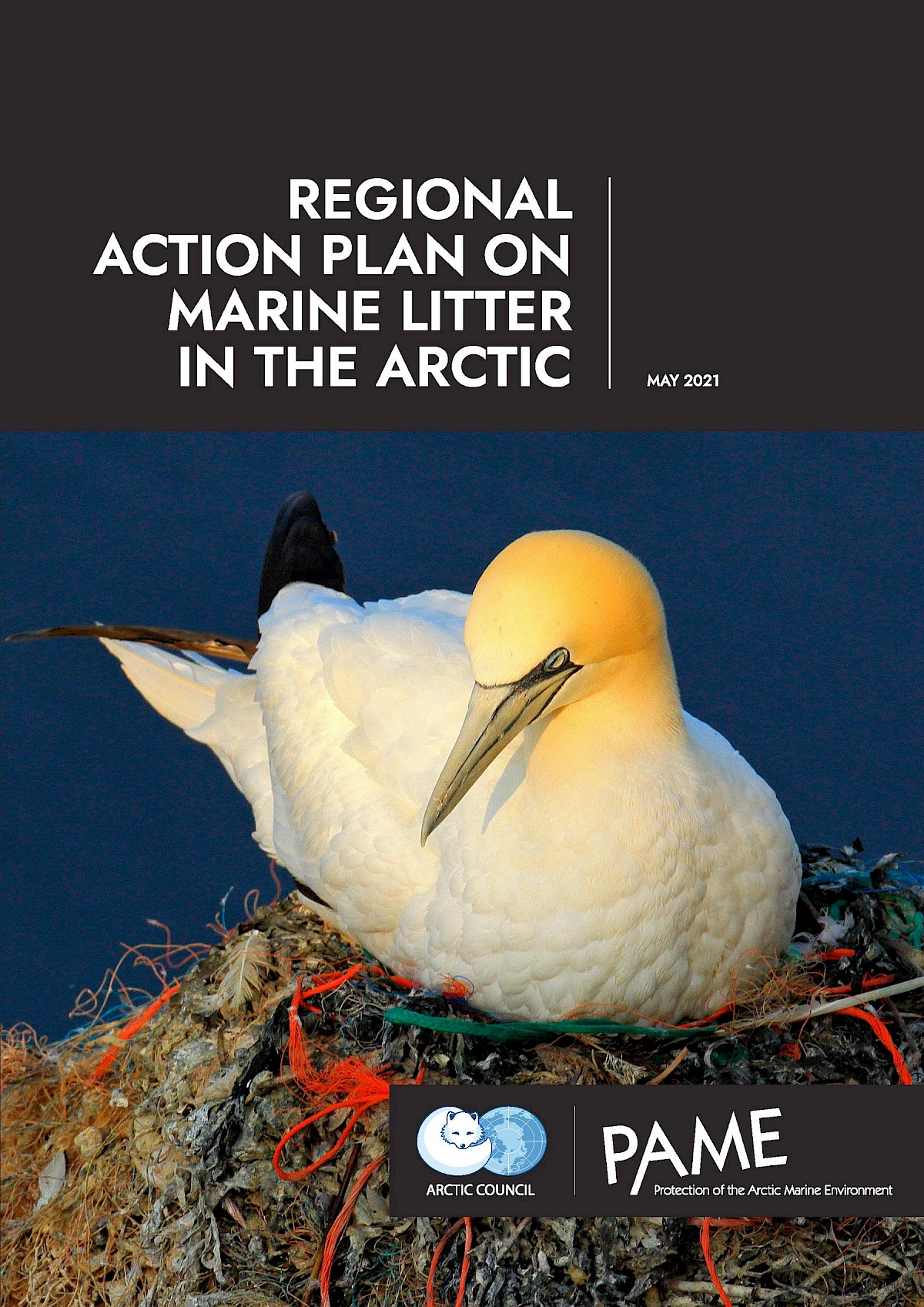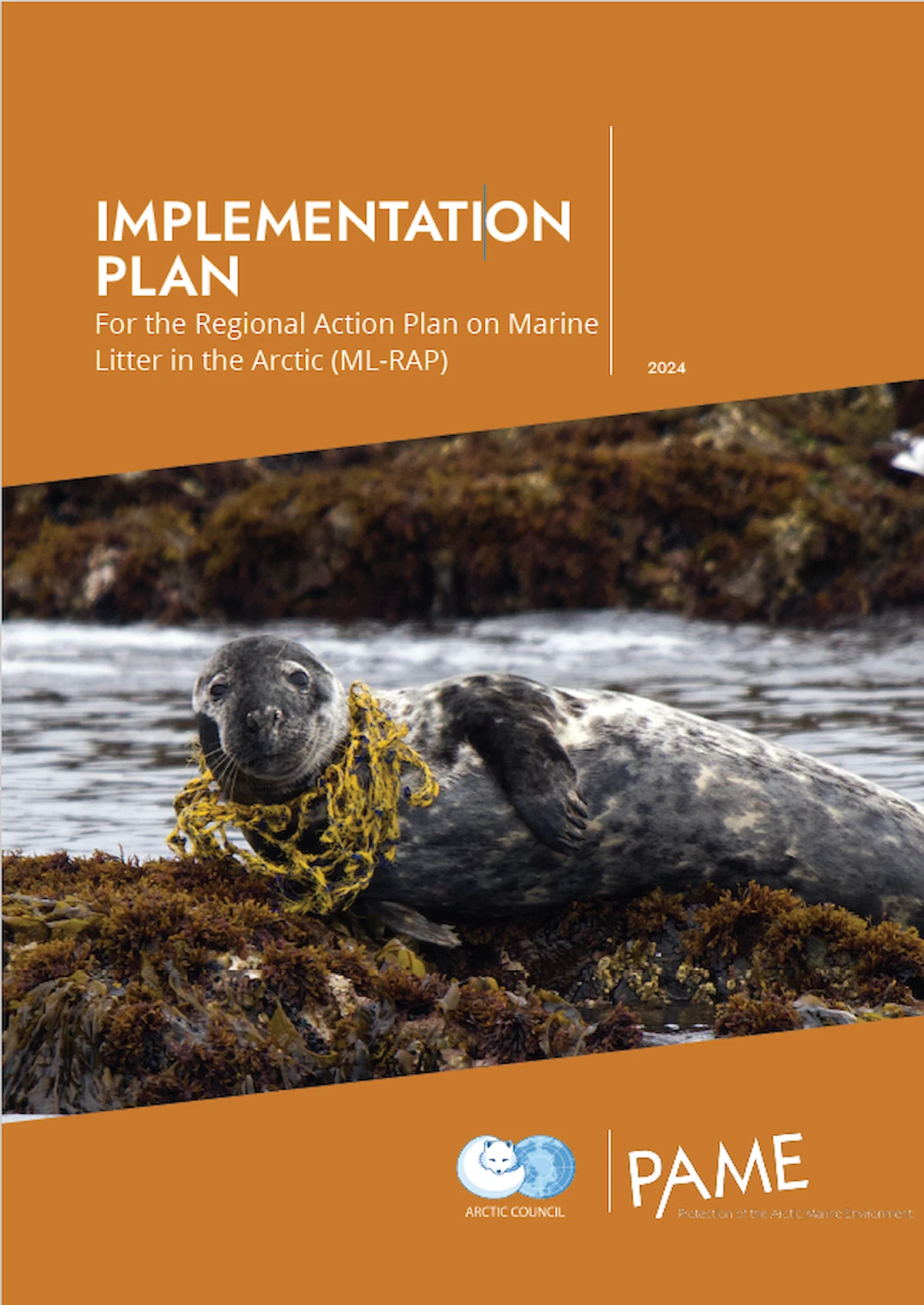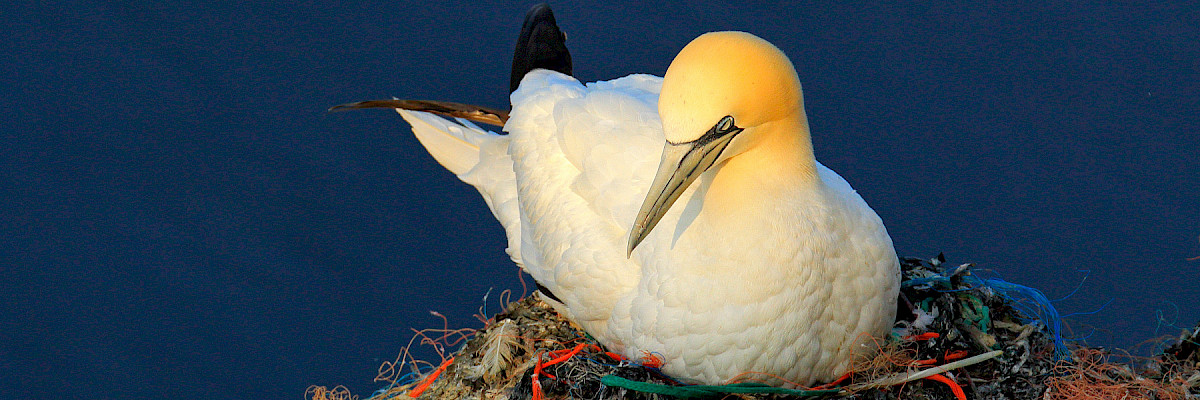
Regional Action Plan on Marine Litter
MARINE LITTER: GENERAL DEFINITION
"Marine litter, also known as marine debris, has been defined as “any persistent, manufactured or processed solid material discarded, disposed of, or abandoned in the marine and coastal environment”. Examples may include all types of plastic, including microplastics, machined wood, synthetic fiber, textiles, metal, glass, ceramics, rubber and other persistent artificial material."
The development of a Regional Action Plan on Marine Litter in the Arctic (ML-RAP) builds upon the Phase I Project Desktop Study on Marine Litter including Micro-plastics in the Arctic (2019), which was based on best available science, indigenous knowledge, and other information at the time of completion. The development of the ML-RAP also represents one of the priorities of Iceland’s Arctic Council Chairmanship (2019-2021).
The overall objective of the ML-RAP is to support Arctic States’ efforts to reduce marine litter in the Arctic marine environment, prevent the potential negative impacts and mitigate the risks it may pose, and to improve cooperation on and awareness of this shared objective. It addresses both sea- and land-based activities, focusing on Arctic-specific marine litter sources and pathways, and will play an important role in demonstrating Arctic States’ stewardship efforts toward reducing the negative impacts of marine litter to the Arctic marine environment.
The Regional Action Plan on Marine Litter in the Arctic sets out a range of Strategic Actions that address both land- and sea-based sources of marine litter in the Arctic region , organized by the following eight themes:
- Reducing Marine Litter Inputs from Fisheries and Aquaculture
- Reducing Marine Litter Inputs from Ships and Offshore Structures
- Improving Onshore Waste and Wastewater Management
- Sustainable Materials Management in the Arctic Environment
- Cleaning Arctic Coasts
- Strengthening Monitoring and Research
- Outreach
- International Cooperation.
ML-RAP Implementation
It is important for the implementation and success of the Regional Action Plan on Marine Litter in the Arctic to be able to document levels and changes in marine litter prevalence and to better understand marine litter sources, distribution, and impacts on communities, wildlife, and the broader Arctic ecosystems. To address a broad need for monitoring, the Arctic Council has concurrently approved a monitoring plan and monitoring guidelines, which provide recommendations for monitoring of marine litter in the Arctic.
Marine litter is a global challenge that benefits from action at international, regional, national and local levels, with this plan focusing the Arctic Council‘s work on the regional and national actions. The Strategic Actions can be taken by the Arctic Council, including its subsidiary bodies, in collaboration with national and local governments, Indigenous Peoples and local communities, international and regional fora, academic institutions, non-governmental organizations, the private sector, youth, and other stakeholders.
To facilitate and support effective and coordinated implementation of the Regional Action Plan on Marine Litter in the Arctic, the Arctic Council will develop and periodically update an associated Implementation Plan and Communication Plan.
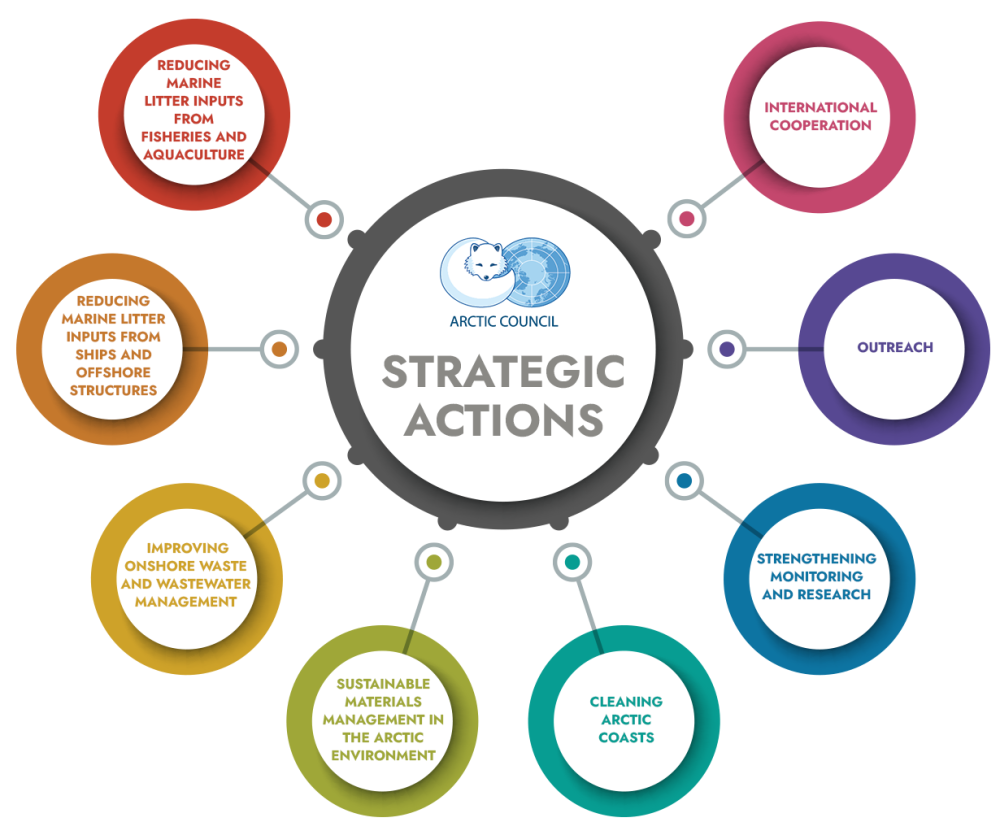
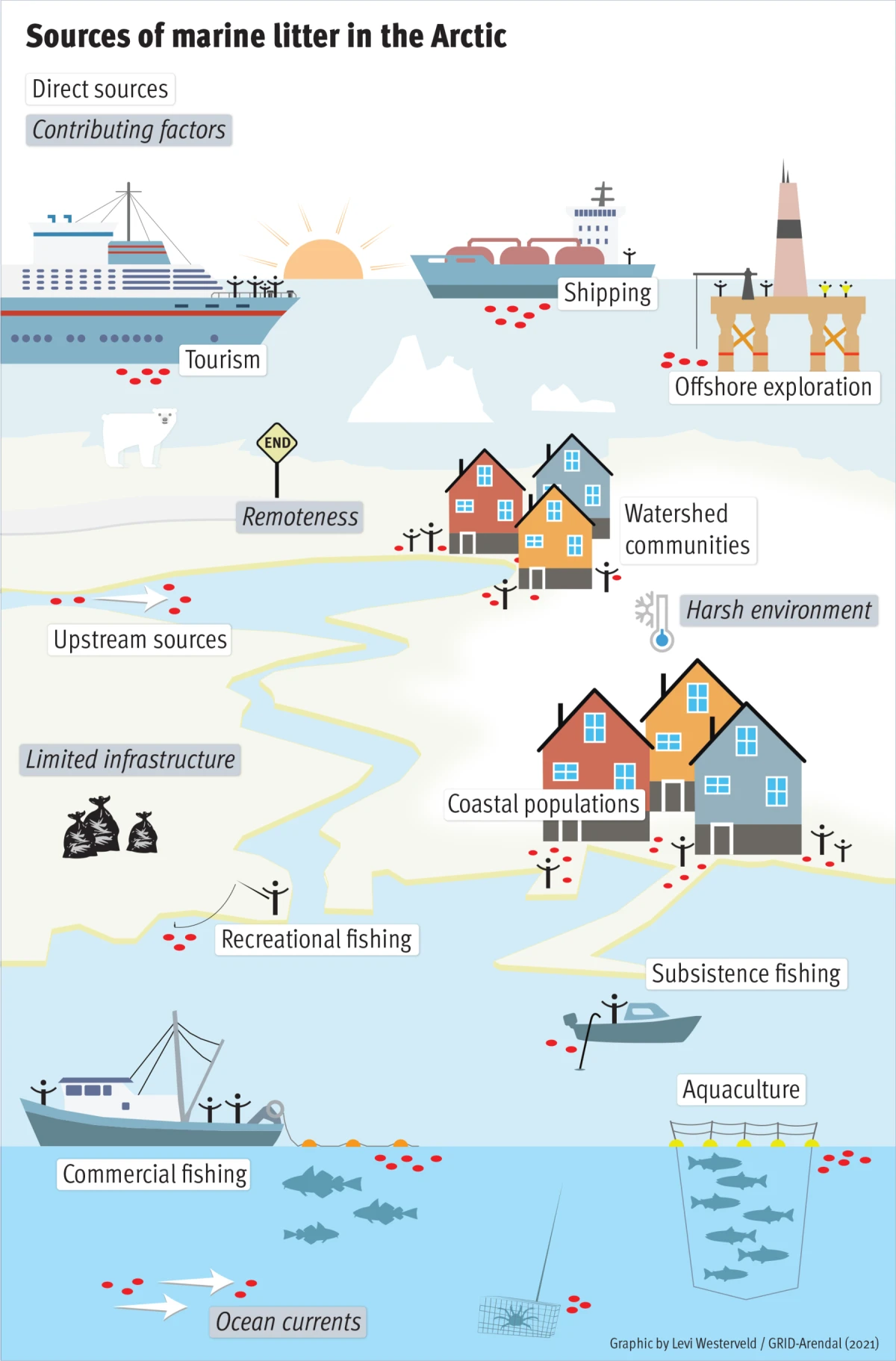
This is a text box
Lorem ipsum
Lead Working Groups
PAMELead Arctic States & Permanent Participants
FinlandNorway
The Kingdom of Denmark
The United States
 Arctic Council Working Group
Arctic Council Working Group 